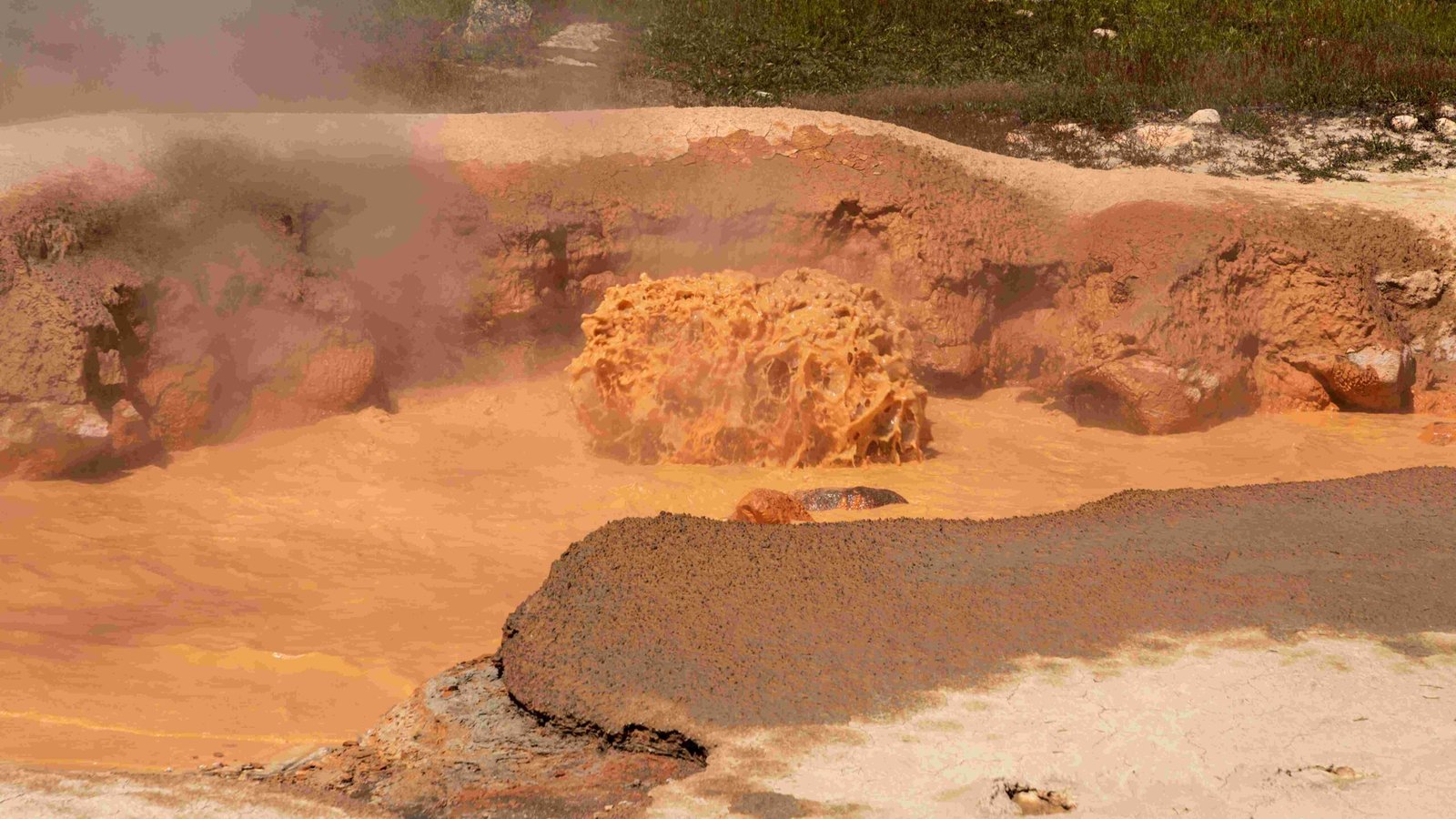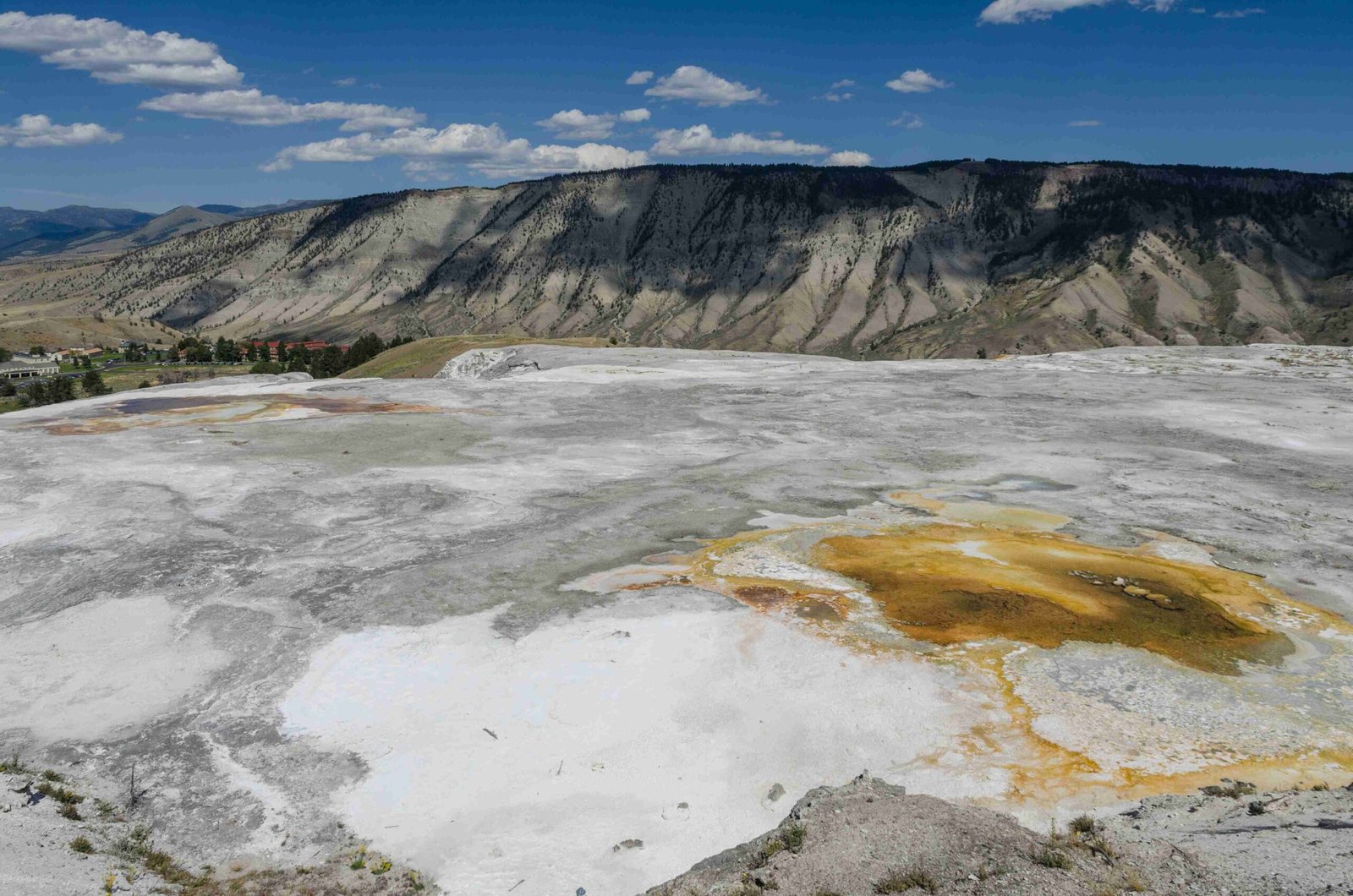Yellowstone National Park, established in 1872 as the world’s first national park, is a treasure trove of natural wonders and unique geological features. Home to over 10,000 hydrothermal features, including geysers, hot springs, and mud pots, Yellowstone showcases the raw power of Earth’s geothermal activity. The park’s diverse ecosystem supports a rich variety of wildlife, from grizzly bears to bison, while its volcanic history continues to shape its landscape and attract scientists and visitors alike.
What Makes Yellowstone’s Geothermal Features So Extraordinary?

Yellowstone’s geothermal features are truly one-of-a-kind, setting it apart from other national parks worldwide. Here are some fascinating facts about these natural wonders:
-
Geyser Abundance: Yellowstone boasts approximately 500 geysers, which is more than half of all the geysers in the world.
-
Temperature Extremes: The park’s hydrothermal features are powered by superheated brine located 1.5 to 3 miles below the surface, with temperatures exceeding 400°F (204°C).
-
Diverse Features: Beyond geysers, Yellowstone is home to numerous hot springs, mud pots, and fumaroles, each with its unique characteristics.
-
Norris Geyser Basin: This basin is the hottest and most dynamic of Yellowstone’s active hydrothermal areas, with recorded temperatures as high as 459°F (237°C) just 1,087 feet below the surface.
-
Silica Deposits: The hot water dissolves silica from rhyolitic rock, which precipitates at the surface to form siliceous sinter (geyserite), creating the park’s distinctive hydrothermal landscapes.
How Does Yellowstone’s Wildlife Diversity Compare to Other National Parks?

Yellowstone’s ecosystem supports an impressive array of wildlife, making it a haven for nature enthusiasts and researchers alike:
-
Mammal Species: The park is home to 67 different mammal species, including iconic animals like grizzly bears, wolves, and bison.
-
Bird Diversity: Over 280 bird species have been recorded in Yellowstone, with many of them nesting within the park’s boundaries.
-
Fish Population: Yellowstone’s waters support 16 fish species, including the native Yellowstone cutthroat trout.
-
Endangered Species: The park serves as a crucial habitat for endangered species like the grizzly bear and the gray wolf, which was successfully reintroduced in the 1990s.
What Are the Most Significant Historical Milestones of Yellowstone National Park?
Yellowstone’s rich history is filled with important milestones that have shaped its legacy:
-
1872: Establishment as the world’s first national park by President Ulysses S. Grant.
-
1883: Northern Pacific Railroad reaches the park, making it more accessible to visitors.
-
1916: Creation of the National Park Service, with Yellowstone playing a pivotal role in its formation.
-
1959: Hebgen Lake Earthquake causes significant changes to the park’s landscape and thermal features.
-
1988: Massive wildfires burn nearly 800,000 acres of the park, leading to new understandings of fire ecology.
-
1995-1996: Successful reintroduction of gray wolves to the park ecosystem.
What Unique Geological Phenomena Can Be Observed in Yellowstone?
Yellowstone’s geology offers a window into Earth’s dynamic processes:
-
Supervolcano: The park sits atop a massive volcanic system, with the most recent major eruption occurring about 640,000 years ago.
-
Caldera: Yellowstone’s 30-by-45-mile caldera, formed by past eruptions, is one of the largest in the world.
-
Geothermal Features: The park’s hydrothermal systems, including geysers like Old Faithful, are driven by the heat from the underlying magma chamber.
-
Petrified Forests: Ancient petrified trees can be found in various locations throughout the park, offering glimpses into prehistoric ecosystems.
-
Glacial Landforms: Evidence of past glaciations is visible in the park’s U-shaped valleys and erratic boulders.
How Does Yellowstone’s Ecosystem Contribute to Scientific Research?
Yellowstone serves as a living laboratory for scientists across various disciplines:
-
Microbiology: The park’s hot springs harbor unique thermophilic bacteria, some of which have led to breakthroughs in biotechnology.
-
Ecology: Long-term studies on predator-prey relationships, particularly involving wolves and elk, have provided valuable insights into ecosystem dynamics.
-
Geology: Ongoing monitoring of the park’s volcanic and seismic activity contributes to our understanding of plate tectonics and volcanic processes.
-
Climate Change Research: Yellowstone’s diverse ecosystems offer opportunities to study the impacts of climate change on various species and habitats.
What Are Some Lesser-Known Facts About Yellowstone National Park?
-
Subterranean Wonders: Yellowstone has over 290 waterfalls, with many hidden in its backcountry.
-
Linguistic Legacy: The park’s name comes from the Minnetaree Indian word ‘Mi tsi a-da-zi’, meaning ‘Rock Yellow River’.
-
Prehistoric Inhabitants: Archaeological evidence suggests human presence in the Yellowstone area dating back over 11,000 years.
-
Extreme Biodiversity: The park is home to more than 1,350 species of vascular plants, including 218 species of exotic plants.
-
Unique Soundscape: Yellowstone is one of the largest nearly intact temperate-zone ecosystems on Earth, offering a rare opportunity to hear natural sounds uninterrupted by human activity.
By exploring these unique facts about Yellowstone National Park, we gain a deeper appreciation for this natural wonder and its significance in preserving our planet’s biodiversity and geological heritage. From its extraordinary geothermal features to its rich wildlife and historical importance, Yellowstone continues to captivate and educate visitors from around the world.

